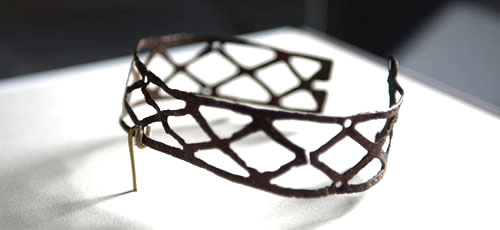
As many of you know, one of the more interesting artefacts in Reginald’s Tower (at least when it isn’t closed up for important renovations) is the 12th century dog collar on the 2nd floor. This extremely rare object is, in fact, the oldest dog collar in Ireland, and proves that Waterfordians have been keeping dogs as beloved family pets for centuries.

But which dog is the best known Irish breed? For some it might be Bus Éireann’s mascot, the Red Setter, for others the fluffy little Wheaten Terrier, but for most of us, it’s the Irish Wolfhound, a breed that has been around for at least 2000 years, and often described as the tallest dog breed in the world. Our dog collar is almost certainly for a smaller breed, such as a greyhound, but by the time this dog collar was made, wolfhounds had ready been roaming our forests for at least a millennium.
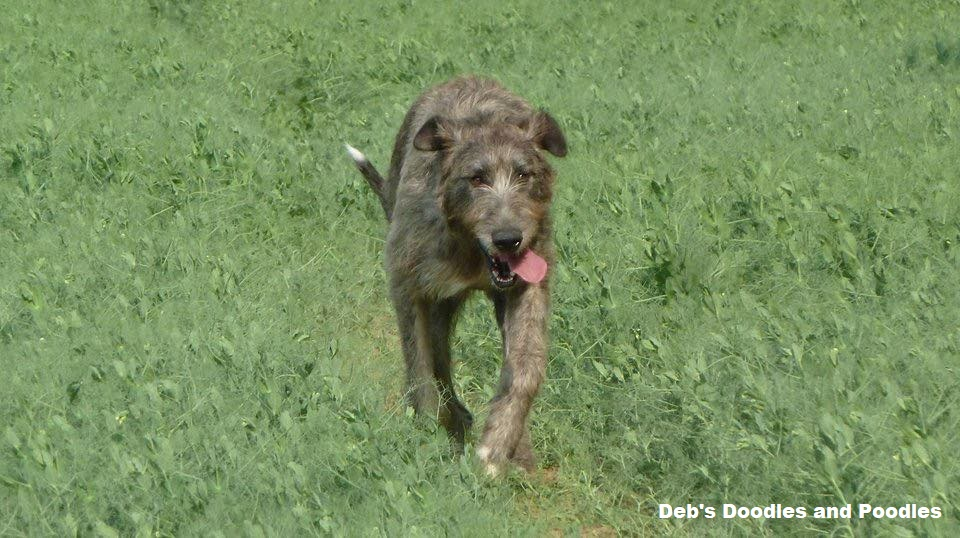
Our first definite mention of wolfhounds comes in 391 AD when a Roman consul named Quintus Aurelius writes of receiving a gift of seven from the ‘Scoiti’ – A Roman word for the Gaelic Irish. After this, we know that many more were brought to Rome to impress and to entertain, with several fighting and dying in the Circus Maximus.
Due to their value, here in Ireland, only Kings and noblemen were allowed to own them. In fact, the ownership of these dogs was so important that an entire section of the ancient Brehon laws was written to deal with ‘Cú’, or hounds, covering every issue from ownership to compensation for damage incurred to land by your hound trespassing on your neighbour’s field.
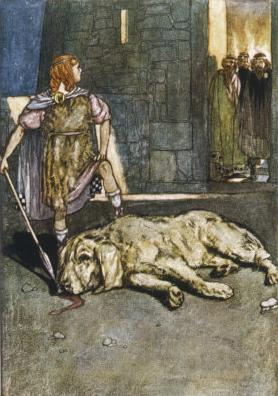
The word Cú is of course familiar to us all because of the great heroes like Cú Chulainn, whose names were prefixed with the Irish word for hound to represent their courage, ferocity and loyalty. Cú Chulainn of course gained his name as a young man (when he was known as Sétanta) by replacing the great guard dog of Culann. They were effective guard dogs, but almost too effective as their owners had to ensure that all guests were inside before they were released, or they would be mauled to death. Sétanta in this well-known story, had of course stayed out hurling, and when he returned had no choice but to fight for his life and killed the dog with his sliotar. Culann was devastated by the loss of his loyal pet and to apologise, Sétanta took its place as a guard while raising a successor, becoming himself the ‘hound of Culann’.
Aside from being given as diplomatic gifts to impress and intimidate foreign allies, here in Ireland they were used mainly for three purposes: as terrifying war dogs; as hunting dogs for wolves (the name is a dead giveaway here), deer and bears; and also as guard dogs for castles and settlements. So impressive was their size and appearance, that they wore collars of only the finest materials, like precious metals and decorative stones.
According to the old stories, they were used as war dogs in the time of the Fianna, who fought on foot and with their formidable wolfhounds as allies and to see one run today is to understand how terrifying they could be on the battlefield. Another great Irish hero, Fionn Mac Chumhaill, was said at one point to have had 300 fully grown wolfhounds and 200 pups. In battle his favourite dog, Bran, killed twice as many enemies in battle as Fionn himself could.
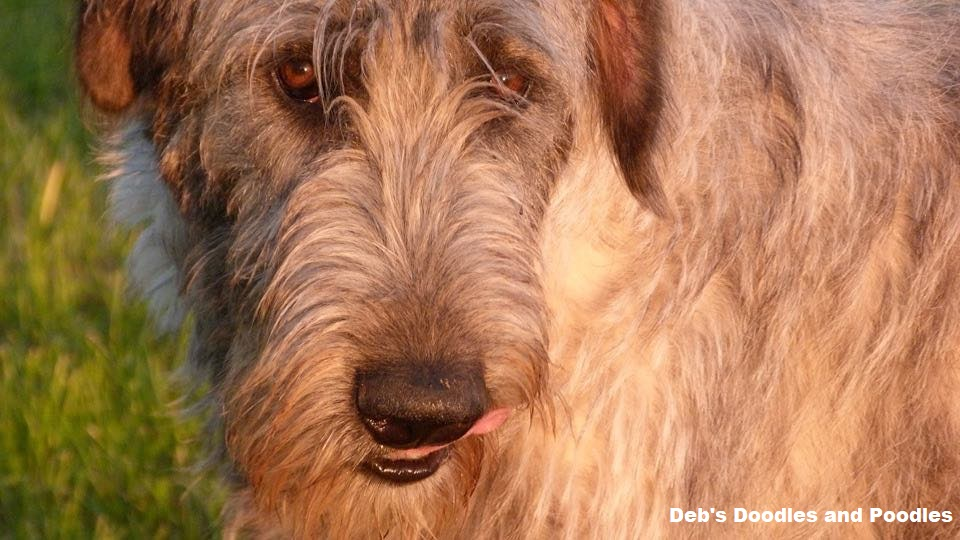
When the Vikings arrived, the rules of ownership had relaxed a bit, but the hounds were still given as gifts to important figures. It is possible that they show up even in the Icelandic Sagas (the Vikings travelled between Iceland and Ireland during this period). In one saga, Burnt Njal mentions a hound given to a viking named Gunnar in Ireland which “He is big and no worse than a stout man. Besides, it is part of his nature that he has man’s wit, and he will bay at every man whom he knows to be thy foe, but never at thy friends. He can see, too, in any man’s face whether he means thee well or ill, and he will lay down his life to be true to thee.”
The Gaelic Irish continued to give the dogs as diplomatic gifts throughout the medieval period, and up to the eighteenth century they continued to frighten and amaze foreign visitors through their sheer size and physical power. The custom of gift giving was so prevalent during the seventeenth century that the breed started disappearing from Ireland, and Oliver Cromwell himself had to step in and order that enough remained at home to keep the wolf population in check.
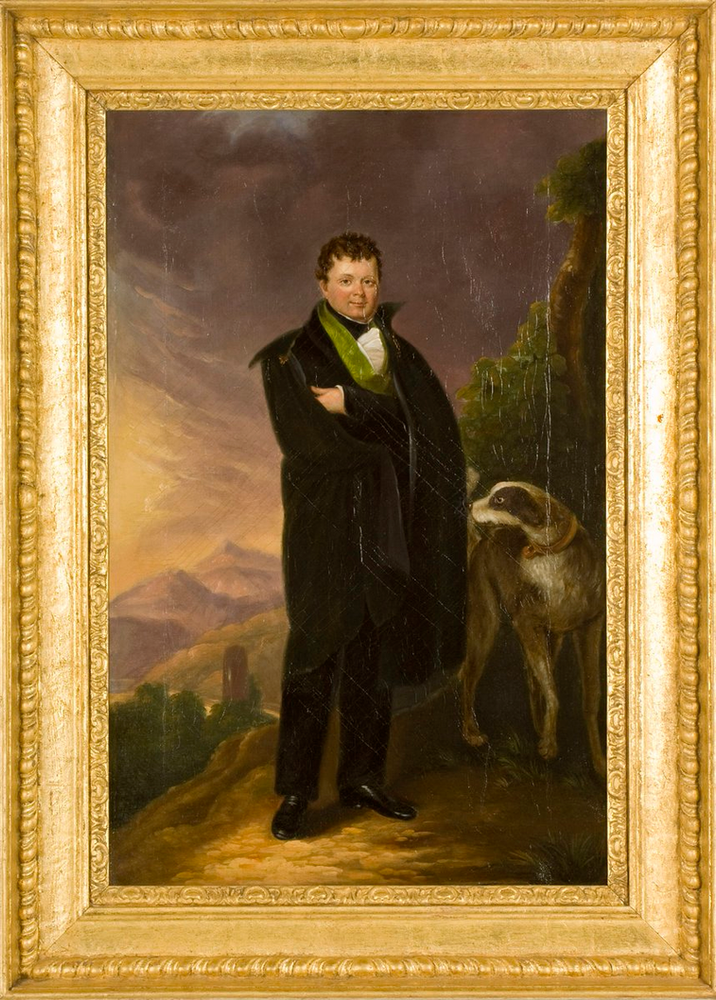
However, despite their role in our history and their symbolic importance, the breed, or at least in its original form, died out almost entirely in the nineteenth century. The reason for this is simple – they were bred to hunt wolves, and all the wolves were gone. As such massive dogs, they were expensive to feed and house, and needed more care than smaller hunting and working dogs so when the last Irish wolf was hunted down in 1786 (supposedly on the estate surrounding Kilkenny Castle), there was no use for them and they stopped breeding them.

By the time anyone realised that the dog had almost disappeared,n there just weren’t enough left to restore the breed an moren dramatic measures had to be taken. Captain George Augustusn Graham is the man responsible for the breed we know and loven today thanks to breeding several similar breeds (like the Scottishn Deerhound and Great Dane), some of the remaining examples,n and even some wildcards like a Tibertan Mastiff together! Then main goal of Graham’s, outside of reviving a near extinct breed,n was recreating the sheer size they were traditionally known for,n and as a result, it is possible that the current dog is much largern than the historical example ever was.
So our dog collar probably didn’t belong to a dog like the wolfhound, but there certainly could have been a couple wandering around the streets of Viking Waterford, or guarding the manor houses and castles of the county.
n
Modern wolfhounds are gentle giants, kept often as family dogs, and like they did in the past, are something of a symbol of the Irish identity (They’re even the mascot of the Irish Guards). Like Daniel O’Connell’s friend in the portrait above, they are loyal pets and still very effective guard dogs as a result. With recent talk of reintroducing wolves to control deer populations, who knows, we may see a resurgence in wolfhounds too! Just take care not to meet one in the wild…



